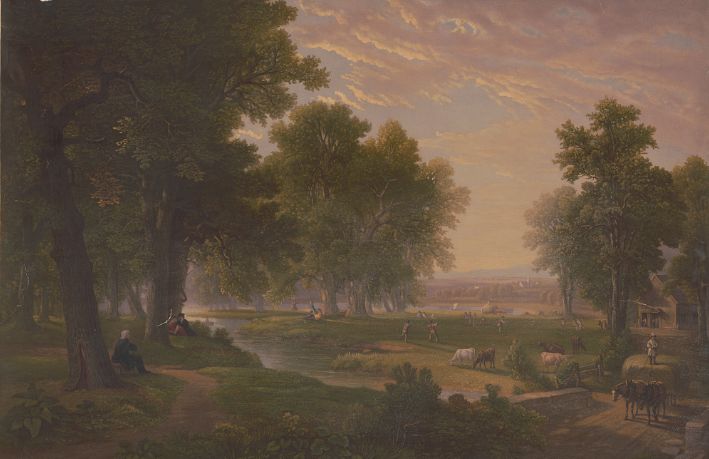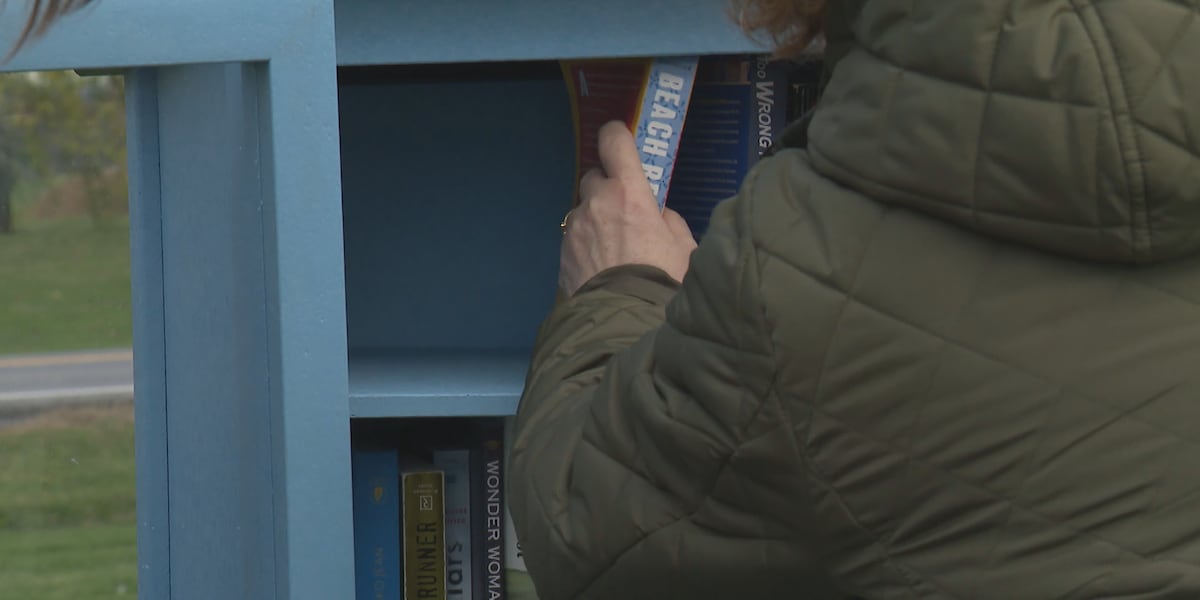Autumn is looked upon very kindly by fortunate individuals that call New England their home. A time when the climate is cooling and comfortable after a long summer, a time when the growing season is concluding to allow for rest and reflection and a time when the foliage season peaks and exposes the most vibrant red, gold and orange leaves to be seen. It is a time when we reflect upon what was and certainly what is to be.
As we celebrate autumn, we often reflect on the past, the traditions celebrated by our families for generations. We enjoy embracing the past because we are easily comforted by traditions that are known and celebrated each fall. After the vibrant foliage departs and the first kiss of frost visits we travel along a bit more with thoughts of the impending winter. But first we must celebrate all that is good and certainly indulge in our bountiful harvesting.
Our little community enjoys fertile soil and a richness that allows for bountiful crops. Our forefathers relied heavily on these crops to sustain them over the coming winter months, with food preservation being of the utmost importance. Food provided our ancestors nourishment but it was also a currency used to obtain other items that might be needed. If your fields produced extra corn, you would harvest this corn and barter with the farmer that lived down the road, trading your corn for his summer squash or pumpkins. If you needed to visit a medical doctor you would not always have the monetary funds, but you might have a good supply of fresh eggs that you could offer for payment. Some merchants down on Main Street in Concord were known to barter too, though money was needed for purchase. A new pair of shoes might be acquired by offering farm goods rather than coins. It was a necessity to barter along with purchases made in the traditional way.
It wasn’t always fruits and vegetables that were bartered. If you were able to offer a skilled labor service, you could utilize it to acquire merchandise too. Perhaps you were a farrier or a man that could cut wood and split roofing shingles. That skill could translate into items that might be needed for the winter. Though the local farms offered most of the basic necessities for survival there were many skills that were just as important and readily used as a form of currency.
As October turns to November and the winter quietly arrives, we prepare. As the farm produce was harvested, it was a time for celebration where our ancestors would prepare lavish meals to celebrate the bountiful harvest and the end of the farming season.
There are some years when the harvest is more difficult than not. During World War I, our ancestors experienced a severe labor shortage when the harvest was set to begin. All men, woman and children that were available were expected to participate in the harvest while troops were serving during the war. Many war widows or military wives were left with fields of crops but no means to harvest these crops. Neighbors helping neighbors became a tradition during the harvest that still rings true in some communities. Produce was harvested, processed, canned and put in storage by every person that was available. Some schools were allowed to close during the harvest to allow the children to also participate out of a need for labor.
Tradition in time included harvest dinners provided by various organizations about town. The local Grange was known to provide a very bountiful Harvest Supper each year, open to all that desired to attend. A typical Grange Harvest Supper during the 1930s might include cold meat, potato salad, cabbage salad, baked beans, pies, coffee and more. At the conclusion of the Harvest Suppers there was always activities for both the young and old. Traditional board games with additional events geared towards the younger people attending.
With harvest labor always in demand, there were migrant workers that would follow the seasons and harvest the crops along the way. People from other portions of the country would visit New Hampshire in time for the harvest, some migrant farm workers would prefer one specific crop than another. The extra help was deeply appreciated while it allowed the traveling workers the opportunity to make up to $2.70 per day back in 1939.
When a homestead was established, it was with the thought of survival in mind. High ground with sun-filled fields provided a premium location to grow fruit and produce. Two centuries ago, just about every home that was built included the planting of an apple tree in the side yard. The apple tree would mature and provide a delicious fruit that could be used in many ways. The men in the community took interest in harvesting the apples, including the ones that fell to the ground and bruised, to make their annual batch of apple cider.
The cider was enjoyed over the winter months by the entire family, but it was the cider stored in the back of the dark root cellar that hardened with the days. The hard cider would be retrieved and consumed by the farmer and his gentlemen friends during social periods. The alcohol content of hard cider during the early settlement of our town was typically between 4% and 6% ABV depending on the sweetness of the apples and fermentation duration of grandfather’s cider it might be as high as 10% or more.
As we prepare to bid farewell to our loving fall period and welcome the cold winter months, we continue to adapt. We embrace our winter season with our preferred sports, sleigh rides, hot chocolate around a bonfire. We enjoy our family gatherings at Thanksgiving and our thoughts start to wander toward special gifts for those we love at Christmas. It is the Thanksgiving and Christmas time of year where we remain very busy with our routines, traditions and social gatherings. As we look forward to our new year we prepare and plan for the crops to once again be planted during the spring season. We think warm thoughts as the cold wind and snow rattles our farmhouse windows late on a sleepless February eve. We dream deeply about the approaching months when warmth, peace and tradition will once again visit us in the form of budding tulips and budding maple and oak trees. A sure sign that spring will visit again soon.
The tradition continues and life is a cycle to be enjoyed and embraced regardless of the season.





